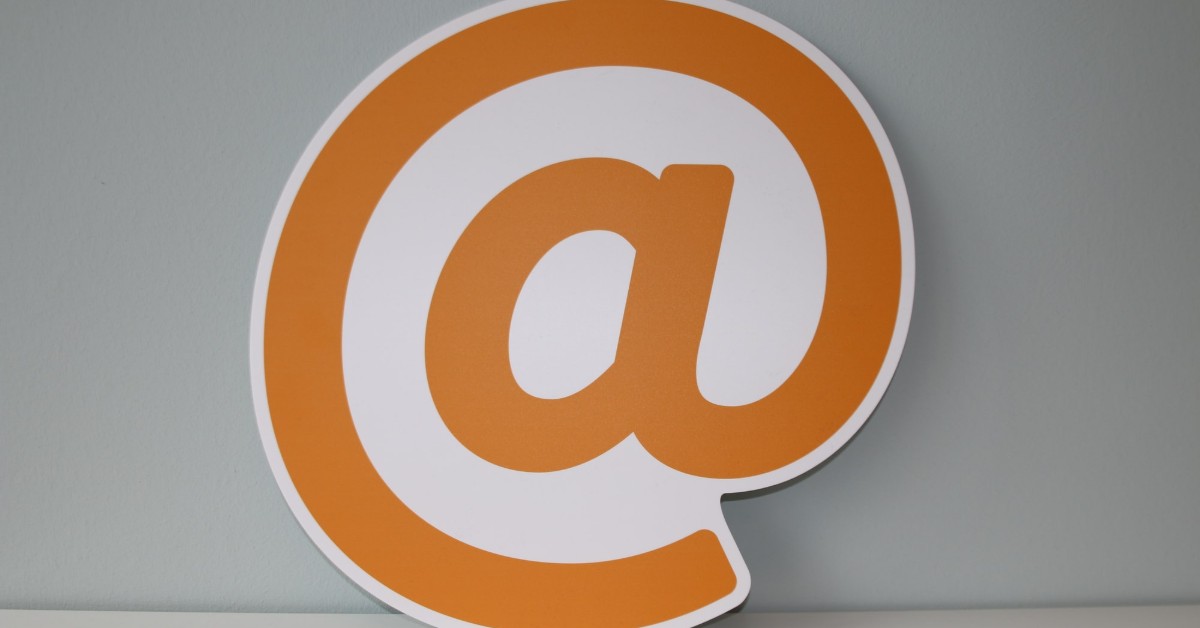
Email Marketing Best Practices for Online Educators
You want to build your email lists to better market your online course offerings. Here’s what you need to know.
Email is one of the oldest and most reliable forms of marketing on the Internet, yet somehow, it is simultaneously the easiest to get wrong, while also being the easiest to get right.
Almost anyone you talk to about email marketing will quickly begin to complain about the flood of marketing emails that won’t go away no matter how much they unsubscribe. Yet I’d be willing to bet that almost all of us have one or two treasured lists that we read regularly, and may even recommend to others. The question is, how do you create that kind of valuable email list with your own audience?
We’ve written about email in the past, but we’ve tended to focus on automated emails that you might send to your learners. There’s some overlap here, so we’ll start by running down a few of our previous posts and what we covered in them before delving in to the marketing side.
1. Choose an email provider.
Justin wrote an excellent resource last year on popular email marketing services. From the pros and cons, you should be able to find a provider that fits your needs. Pay special attention to the marketing integrations you might want, the analytics it offers, and the list management features.
2. Build a marketing list.
Probably the hardest thing for those new to email marketing to reconcile themselves to is the time and patience it takes to build a marketing list. Many people want to take shortcuts by purchasing lists, or automatically signing all their students up to receive marketing communications.
Don’t do this. If people don’t want your emails, they won’t be happy to get them in their inbox. You probably know this already, if you’ve ever been disgruntled to receive an unsolicited stream of promotions from someone you’ve never heard of. But if take the time to build a list the right way, the trust you will gain from your subscribers will make it your most valuable marketing asset.
3. Keep your emails out of spam.
I’ve written already about how to use email to improve your course, and in that post I talked about how to avoid the spam folder. That advice includes:
- Don’t spam.
- Set a “from” field.
- Don’t use aggressive sales language.
- Ask your subscribers to double-opt into your list or whitelist you.
- Make it easy for subscribers to opt-out.
How to use your email list for marketing.
As we said before, course-based emails are not the same as marketing emails. Whereas course emails might be focused on drip-feed content or forum activity, your marketing emails will be targeted toward prospective learners who have never signed up for your course, and on building long-term relationships with current and former students. Here’s how to make that work for you.
1. Remember that you are marketing, not selling.
The worst thing people do with marketing lists is they start advertising relentlessly for their courses. This is a real bait-and-switch for most people who sign up. They came expecting high-quality content that would help them learn about your subject, but all they’re getting is sales content that primarily benefits you more than them.
You might have heard the phrase “always be selling,” but this is what you would consider a soft sell to the extreme. By the time a subscriber makes a purchase based on your emails, it should feel like the inspiration to do so came entirely from them.
2. Clearly describe what your list will offer.
Setting expectations is an important part of email marketing. If someone doesn’t know what to expect, they’re less likely to sign up. And if they do know what to expect they’re more likely to anticipate it.
As you build out your marketing list, be completely open about what your leads are subscribing to. Don’t just describe the content—make promises about what won’t be there (i.e., we won’t spam you with excess sales content!).
Post a schedule and stick to it. If you say you’ll be emailing once a week, email once a week. If you’re emailing once a month, email once a month. If you email sporadically, you’re likely to lose subscribers who forgot who you are or why they signed up.
3. Provide meaningful content.
The content of your email is the most important thing to get right. If you run a blog, include the most recent posts. If you’re an industry leader, include timely insights into a current event. Think about creating regular sections in your email that you would have to fill every month.
If you’re struggling, sign up to a couple marketing lists from competitors or other similar educators in your field. See what they’re sending out to their learners, and find ways to differentiate yourself.
4. Be personal and cultivate connection.
In your tone, you can be friendlier than on other marketing platforms. Email is semi-private, unlike social media, so people have to be more intentional about sharing it with others not on your list. It also doesn’t leave behind a permanent archive, so you don’t have to worry about what you’re saying seeming embarrassingly out of date, a couple months down the road.
That said, avoid anything that is overly personal to the point of insincerity. I’ve noticed a growing trend in marketing emails where the writer will be very pushy and manipulative in their writing by presuming a level of familiarity that isn’t there. Just be honest and sincere. Anything else risks being off-putting.
5. Send extra updates sparingly, and put a limit on your sale events.
There are times when it is appropriate to increase the emails you send your list. If you have a major update or announcement, it is fine to create a special email for it. If you have a big course coming out, you can let people know and encourage them to sign up.
Most of your subscribers will put up with this so long as they know when it will end. For instance, you have a big course launching, and you want to encourage people to sign up. Fine! But don’t email your list every day for a month about your new course. Schedule a few extra emails with the date that your new course will be launching, then wrap up the campaign after your new course is live.
The people who sign up for your email list are your most loyal audience.
When someone lets you into their email inbox, it’s both a very strong positive indicator that they want to hear from you, and a sign of trust. If you break that trust—by spamming their inbox or providing nothing but low-quality sales content—you’ll not only lose good will, but also the chance to grow a meaningful connection in the future.
If you burn through leads, you’ll lose one of your best marketing resources. But if you develop that resource carefully, it will help you grow your most loyal fan base.

LearnDash Collaborator
@LearnDashLMS






